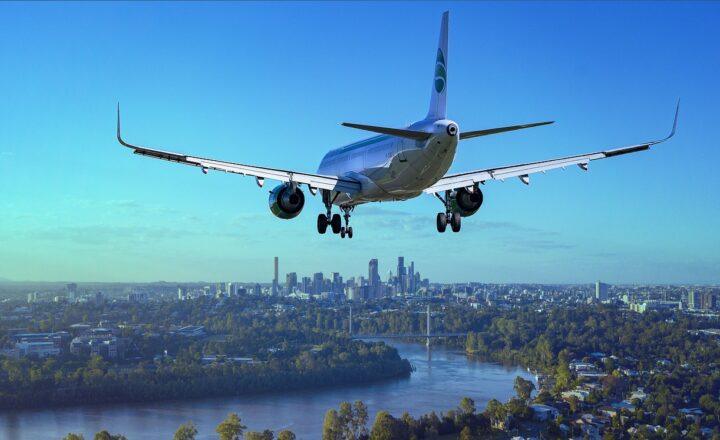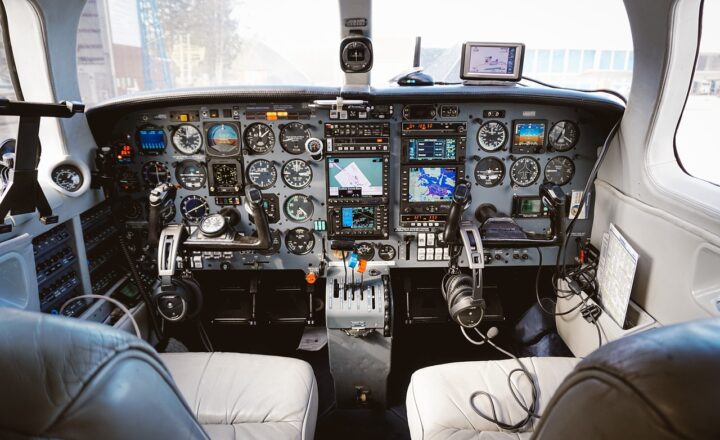Flight of Fancy: The Most Extraordinary Airplanes That Changed Aviation Forever
November 17, 2024

Aviation has always captured the imagination of humanity, transforming how we travel, connect, and explore the world. From early experiments with gliders to today’s advanced jetliners, airplanes have made remarkable advancements that not only influenced the aviation industry but also reshaped our very societies. In this detailed article, we’ll explore some extraordinary airplanes that forever changed aviation and the impact they had on the world.
1. The Wright Flyer: The Dawn of Flight
The 1903 Wright Flyer, created by Orville and Wilbur Wright, marks a seminal moment in aviation history. It was the first successful powered aircraft, achieving its first flight on December 17, 1903, in Kitty Hawk, North Carolina. The Flyer’s design was revolutionary and proved that controlled, sustained powered flight was possible.
- Specifications: The Flyer had a wingspan of 40 feet, 4 inches and was powered by a 12-horsepower engine, allowing it to achieve a flight distance of 120 feet in 12 seconds.
- Legacy: The Wright Flyer inspired generations of engineers and aviators, symbolizing the beginning of human flight and setting the foundation for future aircraft design and technology.
2. The Douglas DC-3: Revolutionizing Commercial Aviation
The Douglas DC-3, introduced in the 1930s, is often considered the aircraft that transformed air travel. It was the first commercial airplane to combine speed, range, and comfort, resulting in significant improvements in passenger air travel during its operational years.
- Specifications: With a cruising speed of 190 mph and a range of over 1,500 miles, the DC-3 could efficiently connect distant cities and became a favorite among airlines.
- Legacy: Its introduction helped to foster the growth of commercial aviation, proving that flying could be safe, comfortable, and accessible to the general public. The DC-3 also played a crucial role during WWII, serving in various military capacities.
3. The Boeing 707: The Jet Age Begins
The Boeing 707 revolutionized international travel in the late 1950s. As the first commercially successful jet airliner, it set the stage for the jet age and transformed commercial aviation.
- Specifications: The 707 had a cruising speed of 600 mph and could carry up to 189 passengers over transcontinental and transatlantic distances.
- Legacy: It democratized air travel, making it faster and more affordable for the masses. The development of the 707 led to a massive surge in air travel and set the standard for future jet airliners worldwide.
4. Concorde: The Pinnacle of Supersonic Travel
The Concorde was a British-French turbojet-powered supersonic passenger airliner that began commercial flights in 1976. Known for its sleek design and remarkable speed, it became an icon of luxury travel.
- Specifications: Capable of flying at speeds over twice the speed of sound (Mach 2.04), the Concorde could traverse the Atlantic in under four hours.
- Legacy: While it represented technological prowess, the Concorde operated in a niche market due to its high operational costs. Despite its retirement in 2003, it remains a symbol of aviation excellence and charm that captured the public’s imagination.
5. Airbus A380: The Future of Commercial Aviation
As the world’s largest passenger airliner, the Airbus A380 represents a new era in air travel by prioritizing efficiency, passenger comfort, and environmental sustainability.
- Specifications: The A380 can accommodate up to 850 passengers on a single flight and has a range of approximately 8,000 miles.
- Legacy: Introduced to commercial service in 2007, the A380 redefined air travel dynamics by increasing passenger capacity and lowering per-passenger emissions, showcasing advancements in aviation technology and environmental considerations.
Conclusion
Throughout the decades, airplanes have revolutionized the way we connect with the world, making long distances feel smaller and bringing international cultures closer together. From the Wright Flyer’s foundational flight to the Airbus A380’s modern marvel, these extraordinary airplanes have left an indelible mark on aviation history. Their stories symbolize human ingenuity and the relentless pursuit of progress, inspiring future generations to continue exploring the skies.
As we look ahead, new technologies in aviation promise to create even more groundbreaking changes, enhancing safety, efficiency, and sustainability. The journey through the skies is far from over, and the future of aviation holds endless possibilities for exploration and innovation.







